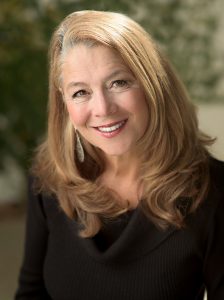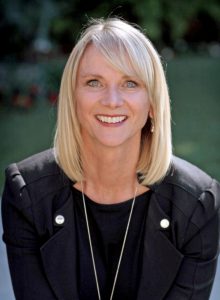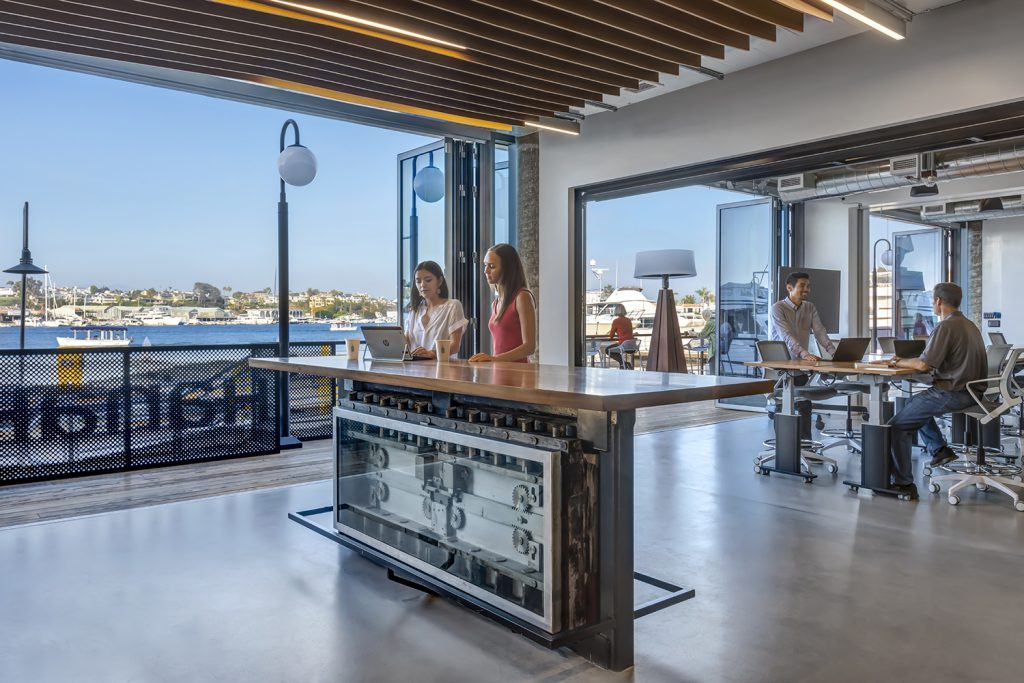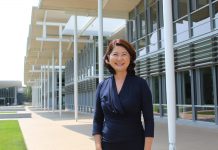Been working from home? You’re not alone.
When the coronavirus pandemic struck four months ago, businesses of all sizes closed their doors and sent their staff to work at home. Some essential workers remained in their offices, but todays workforce looks and acts far differently than it did in March.

As Heidi Hendy, founder and managing principal at H. Hendy Associates – a nationally recognized interior architecture and strategic workplace firm based in Newport Beach – notes, businesses have reached a tipping point where the primary objective of the office as a physical space for employees to gather to do their job has permanently shifted. Moving forward, Hendy believes workspaces will serve a new purpose: to become the heart of an organization; a hub for leadership, collaboration, learning and cultural engagement.
These new workplaces will be dynamic and designed to meet the needs of the new blended workforce which includes both remote and onsite employees.
“The pandemic shutdown has been a catalyst, forcing leaders to operate outside their comfort zone and testing firmly-held beliefs about how teams should operate to ensure business success,” said Hendy. “We are in a new era of business that looks and operates like nothing before. The blended workforce is here to stay.”
Hendy admits that “there will be some disbelievers at the beginning, and some people will go back to their legacy offices. But the best way to describe it is to see what happened to the retail industry a few years ago. Instead of going to buy clothes and trying them on, now we buy them online, try them on, and take them back at no cost.”
“Clients are asking about reentry, so obviously we see this as a phased approach, bringing back essential workers initially, but we may never have 100 percent back in the office,” said H. Hendy Associates Workplace Strategist Anna Grayhek. “We were forced into this work from home experiment. Most companies said you could not do this—to have this many remote workers. They have been resistant for a long time, so this is a leapfrog into the future.”

Grayhek noted that statistics show 80 percent of people want to work from home at least some of the time.
“Some people are super productive at home, with fewer distractions, fewer interruptions, less noise, less visual distraction, and a longer work day that adds flexibility,” explained Grayhek. “We’re looking at an entire reentry strategy because a lot of offices are not set up for the physical distancing required—you have to do mitigation and add panels, reconfigure so workers are not facing each other. Some companies will never get back to full capacity without either taking on more square footage or having a more blended workforce where some people are at home and some are in the office.”
Grayhek added that the six foot-rule is now so ingrained in our thinking that employees will not want to sit that close to people anymore.
“It used to be elbow to elbow with a computer and a cell phone, but we don’t see that being acceptable anymore, at least in the mid-term environment. Two to three years from now this may all go away, but we still think that this is a permanent shift in the way people look at working.”
Hendy said when she consults with a client, she and her team look at how many people really need to work from home and how many need to be working in the office. She believes most organizations will change to remote work two to three days a week, giving them a blended work force.

“Concentration and focus are enhanced by working where you choose to work,” she said. “You can be more productive without interruptions.”
Despite the potential for more remote work environments, the office space of the future will always house onsite employees, said Hendy.
“Our belief is that the new work environment has to be all the things you can’t do at home,” said Hendy. “It has to be more of a cultural experience, which cements an organization’s brand. The last thing is to have top talent leaving because they feel unapreciated or not connected.”
“This has been an opportunity for organizations to stop and really think about what they are doing and what benefit the office space has for them,” said Grayhek. “There is a whole issue around built environments, and how they can improve or degrade someone’s health. All of these discussions center around the workplace, so we have stopped and questioned the norm.”
According to Grayhek, when a company approaches H. Hendy Associates for assistance, she starts with employee surveys regarding remote working experience and how willing and able they are to come back or stay home.
“We talk about existing workspace and bringing that into a visioning session when we talk about facilities issues and long-term objectives,” said Grayhek. “Basically, all stakeholders do exercises and come to a consensus as to overall goals. We also do programming focus groups and one-on-one interviews with management teams where we talk about staffing support in multi-phases. In the end you have a document that outlines square footage needs, goals, branding, imaging. You’ll have a good project statement that says this is what your office of the future should look like.”
“The coronavirus pandemic brought health and safety to the forefront,” said Jennifer Walton, H. Hendy Associates principal and corporate studio director. “Today more than ever, people are more aware of how offices impact their health and wellness. The New Generation Space (created by Hendy) will help improve the human experience and employee wellbeing through healthy design, construction and operations.”
To learn more, visit hhendy.com.
Founded in 1980 and based in Newport Beach, H. Hendy Associates is a nationally recognized interior architecture and strategic workplace firm offering a full range of services for corporate and multifamily clients. In 2020, Hendy commemorates 40 years of helping corporate clients seamlessly relocate or remodel, with services spanning strategic facilities programming, employee satisfaction analysis, change management and space planning.
The firm has received numerous business and industry honors including recognition as a CoreNet Global Service Provider of the Year; ranked as a Top Places to Work by Orange County Register and listed as a Top 50 Architecture Firm in Interior Design’s LA Power Grid.
The company’s roster of workplaces includes TRI Pointe Group, El Pollo Loco, Yokohama Tires Corporation, Kawasaki, Behr Paint Company, SAP and HanaHaus and OluKai. Hendy’s multifamily projects include Alliance Residential, Brio, Candara, Angelene, Coronado Bay Club and Shea Vantis.




